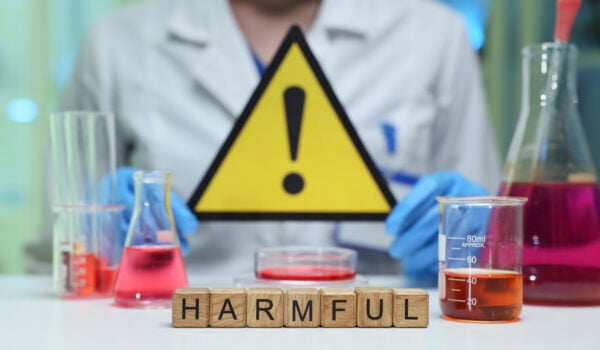NILU continues to be in the forefront of sampling and analyzing chemicals that pose risks to the environment and human health.
Together with The Norwegian Environment Agency and Norwegian Institute for Water Research (NIVA), NILU are proud to announce the launching of a new tool for prioritizing chemicals of emerging concern.
PikMe (Prioritization and identification of chemicals efficiently) is an innovative tool designed to prioritize chemicals of emerging concern in various environmental scenarios. The tool is open-source and freely available to download.
— We expect that the database and customizable scoring system in this tool will be of great interest to environment agencies and institutions that work with the measurements and impacts of hazardous chemicals, says senior scientist Pawel Rostkowski at NILU.
The development of PikMe and the choice to let other institutions and countries use and benefit from our research is in line with one of NILUs fundamental values: Benefit to society. NILU, as an applied research institute, shall focus mainly on research that can contribute to solving Grand Challenges, through publication, advice, and development of new services and products.
Challenging to predict
Today there are over 350,000 chemicals in trade and more than 100,000 in use within the EU market. However, only approximately 23,000 of these chemicals have detailed registration data under REACH (The EU Regulation on the registration, evaluation, authorisation and restriction of chemicals), resulting in significant gaps in our knowledge about their environmental and health impacts. This makes it challenging to predict which substances could negatively impact human health and the environment.
To address this challenge, PikMe was developed.
— PikMe is a tool designed to support the identification and prioritization of hazardous chemicals and chemical groups currently on the market. Data gaps remain for many substances, including several POPs (Persistent Organic Pollutants). PikMe leverages available information to highlight chemicals of potential concern and help guide further assessment and data collection, says Rostkowski.
The Norwegian Environment Agency is responsible for monitoring hazardous chemicals in Norway, but environmental sampling and chemical analysis are resource-intensive, restricting the number of chemicals quantitatively monitored each year. Thus, prioritizing chemicals with both a high potential for harm and minimized probability of non-detection is crucial for ensuring cost-effective data collection and risk mitigation.
A highly customizable tool
The challenges of limited data and the need for a more efficient, evidence-based approach to chemical prioritization led to the creation of PikMe. Upon request from The Norwegian Environment Agency, NILU and NIVA have contributed equally and with excellent collaboration on this development.
Core information from PikMe is structured in a backend database, publicly accessible through the open-access repository Zenodo. This data can be effectively utilized in custom dashboards, which users can create using Microsoft Power BI or available open-source alternatives.
These dashboards allow users to leverage the backend PikMe data flexibly, tailored specifically to their project needs and preferences.
Instead of relying on a static global risk score, PikMe enables users to tailor assessments by independently or collectively evaluating critical risk parameters such as persistence (P), mobility (M), bioaccumulation (B), toxicity (T), and numerous other parameters.
The data from PikMe is not only useful for planning targeted monitoring campaigns but can also be employed to construct suspect screening lists, enhancing the effectiveness and scope of environmental chemical analysis.
— This flexibility ensures PikMe can be adapted to meet specific project needs and priorities across various scenarios and countries, explains Rostkowski.
The Norwegian Environment Agency have already applied PikMe for selecting chemicals for their screening program, demonstrating its practical value in real-world scenarios.

